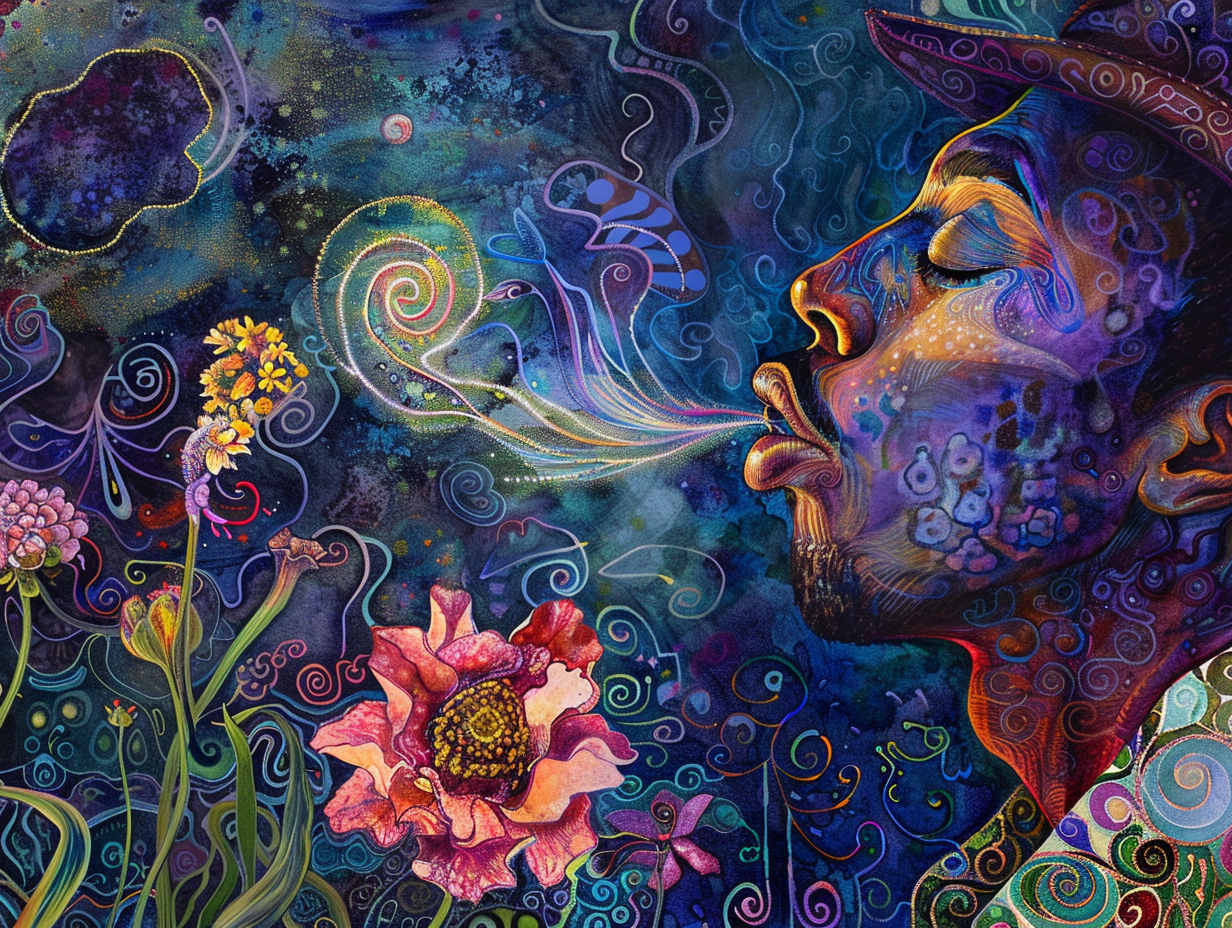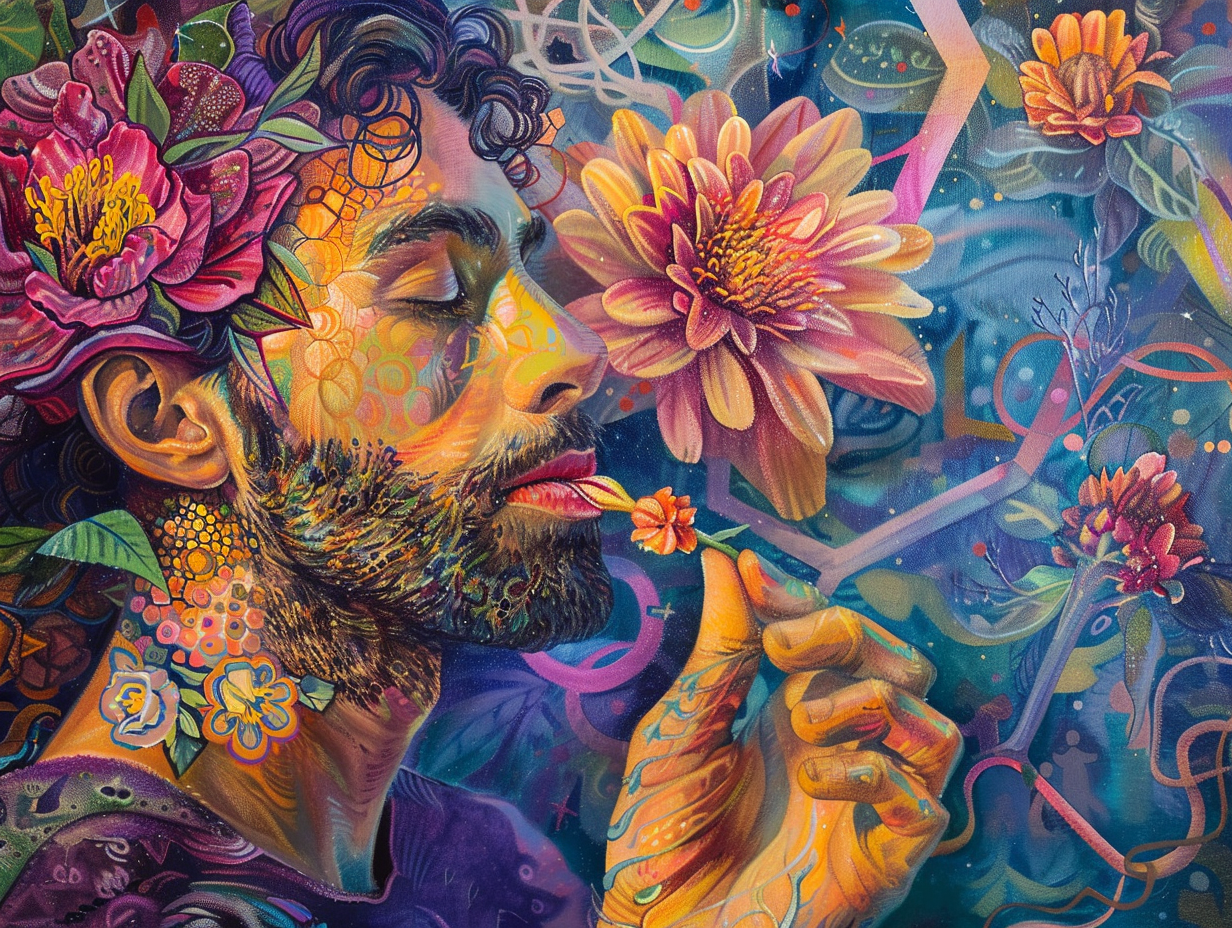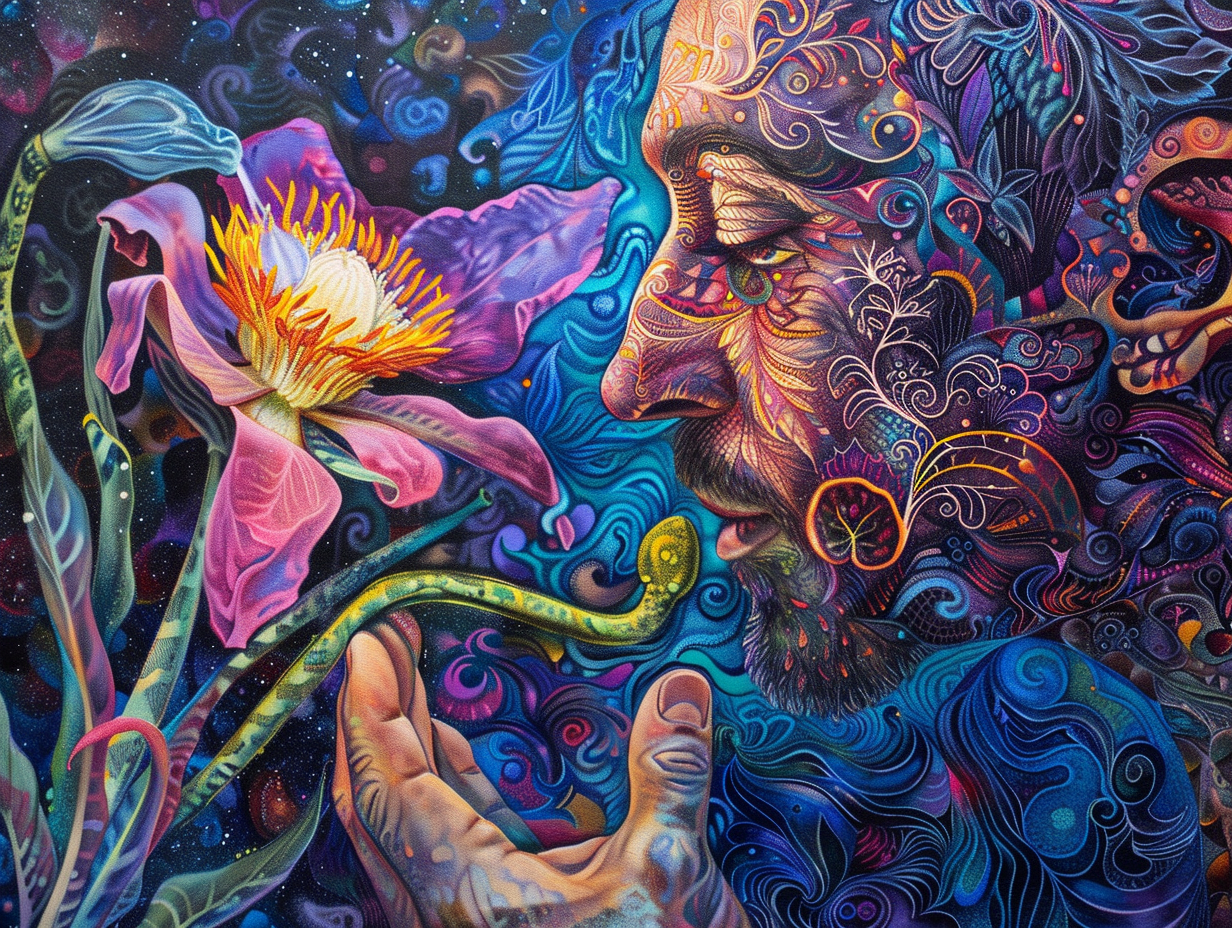Understanding Anxiety: Science-Backed Strategies (Part 3 of 5)

How to Calm the Nervous System
If anxiety is a storm, nervous system regulation is the anchor. Strategies that engage both the mind and body can help bring a sense of control and ease.
Breathwork: A Simple Yet Powerful Tool
Slow, deep breathing stimulates the vagus nerve, helping to shift the body out of fight-or-flight mode. However, some people—especially those with a history of trauma—find that focusing too much on breath can bring an overwhelming awareness of bodily sensations. In these cases, grounding through touch, movement, or shifting attention outward may be more effective.
Movement: Anxiety’s Natural Antidote
Physical activity naturally reduces stress hormones while increasing endorphins, making it a potent tool against anxiety. It doesn’t have to be intense—gentle stretching, walking, or any movement that feels enjoyable can help restore balance.
The Power of Restful Sleep
Poor sleep makes the amygdala more reactive, amplifying anxiety. Small shifts, like reducing screen time before bed and maintaining a consistent sleep schedule, can significantly impact how well the nervous system copes with stress.
Therapeutic Approaches That Work
There’s no one-size-fits-all approach to treating anxiety, but certain methods have shown consistent effectiveness. Exposure therapy helps by gradually introducing feared situations in a controlled way, reducing their emotional grip over time. Mindfulness-based approaches train the mind to stay anchored in the present, interrupting cycles of worry and overthinking. Somatic therapy works directly with the body’s responses, helping to release stored tension and regulate the nervous system. Some branches of psychodynamic therapy, particularly those that focus on unconscious emotional patterns and early life experiences, can also be valuable in understanding and reshaping the roots of anxiety.
Different people respond to different methods, and the most effective approach often depends on individual needs, personal history, and the way anxiety manifests in daily life. The key is finding a method that not only addresses symptoms but also fosters a sense of agency and resilience.
Understanding anxiety is one thing—learning how to integrate these tools into daily life is another. In Part 4, we’ll explore how to make these strategies part of a sustainable, long-term approach.
Related Resources
Explore insights and practical guidance for your personal journey.




